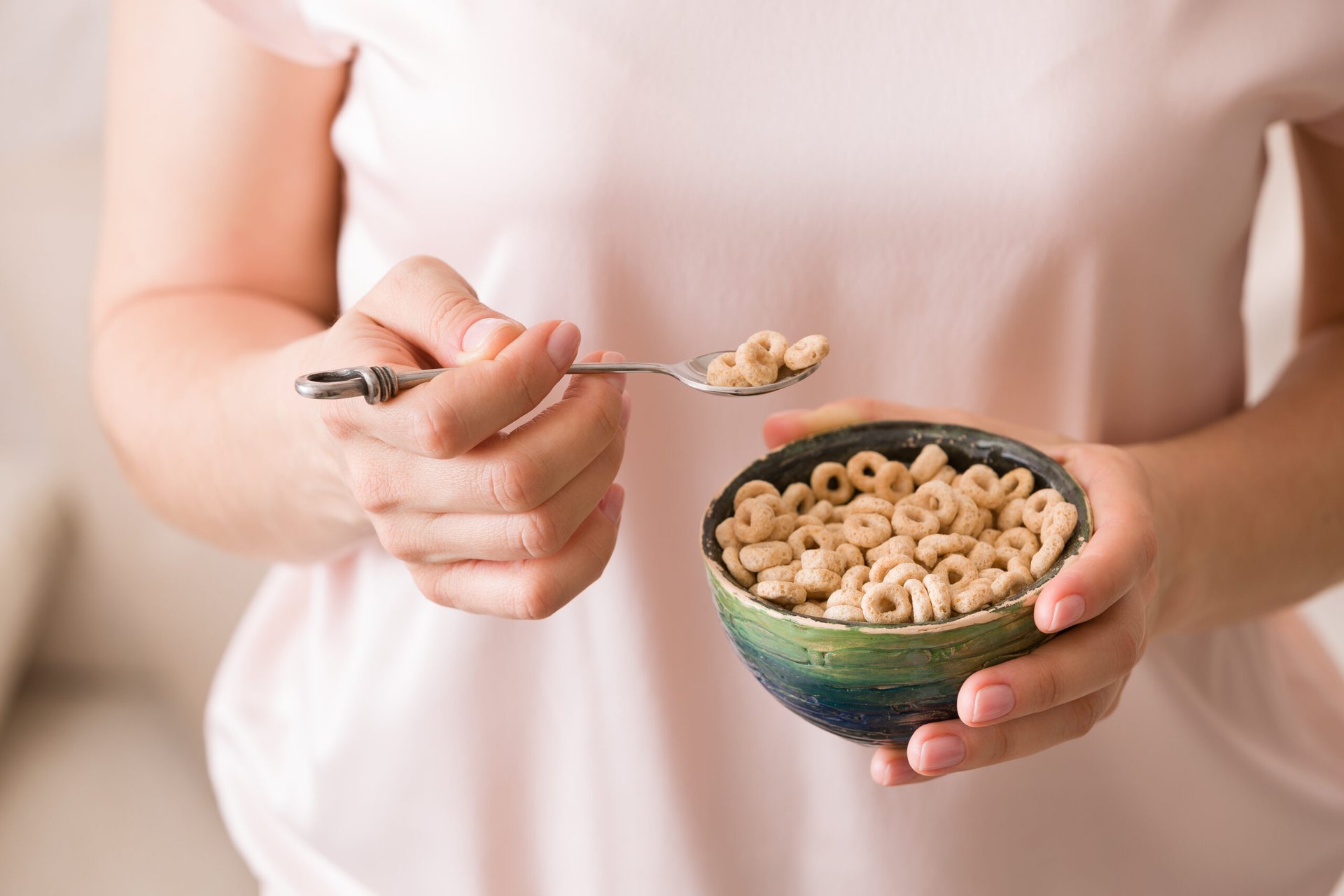
Researchers recently published a distinctive study in which 80% of study participants tested positive for a little-known pesticide.
This study from the nonprofit organization Environmental Working Group (EWG) is the first in the U.S. to examine human exposure to the pesticide chlormequat. It was published in the Journal of Exposure Science & Environmental Epidemiology.
Researchers tested for chlormequat in urine samples collected from 96 people from 2017 through 2023.
Throughout that study period, a majority of samples consistently tested positive for the synthetic chemical. Researchers believe this indicates that participants were consistently being exposed to contaminated products, because chlormequat leaves the body after 24 hours.
Chlormequat exposure is concerning due to the effects the pesticide has had on animals in previous studies, such as reduced fertility, improper fetal growth and other negative effects on the reproductive system.
Why and where chlormequat is used
Chlormequat changes the way plants develop. It’s used on grain crops to prevent their stalks from bending over when growing, which can make it harder for farmers to harvest them.
Prior testing by the EWG found that the pesticide is common in oat-based products: 92% of non-organic oat products purchased in the U.S. in May 2023, including Quaker Oats and Cheerios, were contaminated with chlormequat.
In comparison, only one out of the seven organic oat products tested positive for chlormequat — and the level was low.
Currently, the U.S. Environmental Protection Agency (EPA) doesn’t allow the chemical to be used on food crops grown in the U.S. But it is allowed on imported foods, and many oats sold in the U.S. come from Canada.
Is chlormequat use increasing?
With seven years’ worth of urine samples, the EWG’s recent study found that the presence of chlormequat increased over time:
- 69% of urine samples collected in 2017 were positive for the chemical
- 74% of samples collected in 2018-2022 were positive
- 90% of samples collected in 2023 were positive
So the EWG argues that exposure to the pesticide among American consumers could be on the rise.
The nonprofit sees a correlation between the increasing chlormequat levels in urine samples and government regulatory changes.
Before 2018, the use of chlormequat on oat products sold in the U.S. was prohibited. The EPA under former President Donald Trump’s administration, however, changed that rule, allowing trace amounts of chlormequat on imported oats. In 2020, the EPA further increased the amount of chlormequat allowed on oats.
The EPA under President Joe Biden’s administration could further expand the allowable use of chlormequat on food crops. In 2023, the agency proposed allowing the chemical on oats as well as other grains grown in the U.S.
The EWG concluded in their report that consumers can reduce their exposure to the pesticide by using only organic oat products.





Add a Comment
Our Policy: We welcome relevant and respectful comments in order to foster healthy and informative discussions. All other comments may be removed. Comments with links are automatically held for moderation.